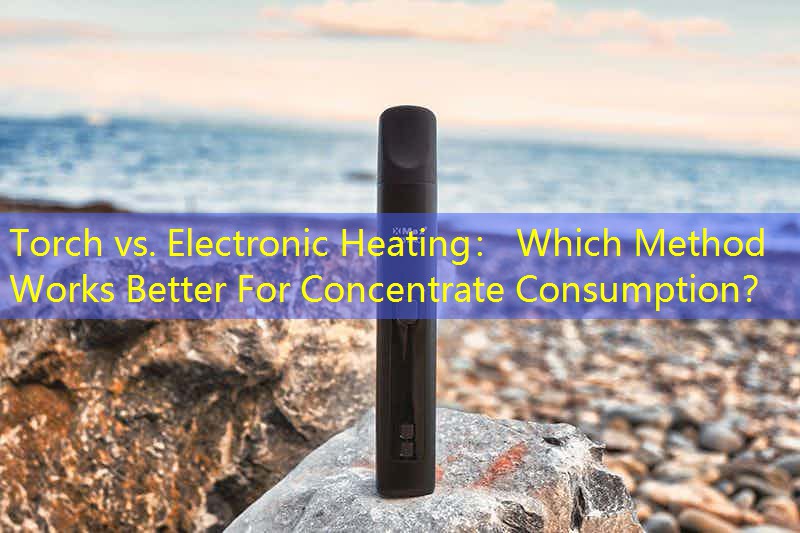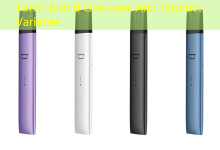Ynlieding
In the evolving world of vaping, konsuminten sykje hieltyd mear effisjinte en noflike manieren om konsintraten te konsumearjen. Twa promininte metoaden foar ferwaarming fan konsintraten binne fakkel en elektroanyske ferwaarming. Elke metoade hat syn eigen foardielen en mooglike neidielen, it meitsjen fan de kar foaral basearre op persoanlike foarkar, gemak, en algemiene ûnderfining. Dit artikel sil ferdjipje yn beide metoaden, úteinlik evaluearje hokker better geskikt wêze kin foar konsintraasjekonsumpsje.
Torch Heating
Torch heating, faak oantsjutten as tradisjoneel of flamme ferwaarming, giet it om it brûken fan in butaan fakkel te ferwaarmjen in dab rig of spiker. Dizze klassike metoade wurdt troch in protte favorisearre foar syn ienfâld en fermogen om heul hege temperatueren fluch te berikken.
Foardielen fan Torch Heating
1.
High Temperature Control
Torch heating allows users to reach scorching temperatures necessary for vaporizing certain concentrates effectively. This is particularly beneficial for consumers looking to achieve that intense flavor and potent hit.
2.
Instant Results
With just a flame, users can achieve the desired temperature almost instantly. This can lead to a quicker session, appealing to those who prioritize efficiency.
3.
Cost-Effectiveness
Butane torches are typically inexpensive and widely available, making this method accessible to a broader audience.
Cons of Torch Heating
1.
Risk Factor
Using an open flame poses a safety risk. Issues can arise, especially for novice users who might accidentally burn themselves or cause a fire.
2.
Inconsistency
Achieving the perfect temperature can be tricky with a torch. Inaccurate heating may lead to inefficient vaporization, resulting in waste.
3.
Less Portability
While torches are portable, the need for butane refills can limit convenience compared to electronic options.
Elektroanyske ferwaarming
Electronic heating devices, such as e-nails or specialized vape pens, offer a modern approach to concentrate consumption. These devices utilize built-in heating elements to achieve set temperatures without an open flame.
Pros of Electronic Heating
1.

Temperature Precision
One of the most significant advantages of electronic heating is the precision control over temperature settings. Users can choose specific temperatures to enhance flavor or potency.
2.
Safety
Without an open flame, electronic devices reduce the risk of burns and fire hazards, making them a safer choice for novice users and those concerned about safety.
3.
Convenience and Portability
Many electronic heating devices are compact, lightweight, en maklik te brûken. They often come with rechargeable batteries, making them perfect for on-the-go consumption.
Cons of Electronic Heating
1.
Higher Initial Costs
While electronic devices may save money in the long run, the upfront investment tends to be higher compared to torches.
2.
Reliance on Technology
Users are dependent on batteries and electronic components, which may require maintenance or replacement over time.

3.
Potential Learning Curve
For those used to traditional methods, adapting to electronic devices may take time as users familiarize themselves with temperature settings and operation.
Konklúzje
Úteinlik, the choice between torch and electronic heating largely depends on personal preference and priorities. For those who value high heat and enjoy hands-on techniques, torch heating may be the ideal method. Oarsom, for consumers who seek convenience, feilichheid, and consistent results, electronic heating clearly stands out. Consideration of individual needs and experiences will guide each user in selecting the method that best enhances their concentrate consumption.







